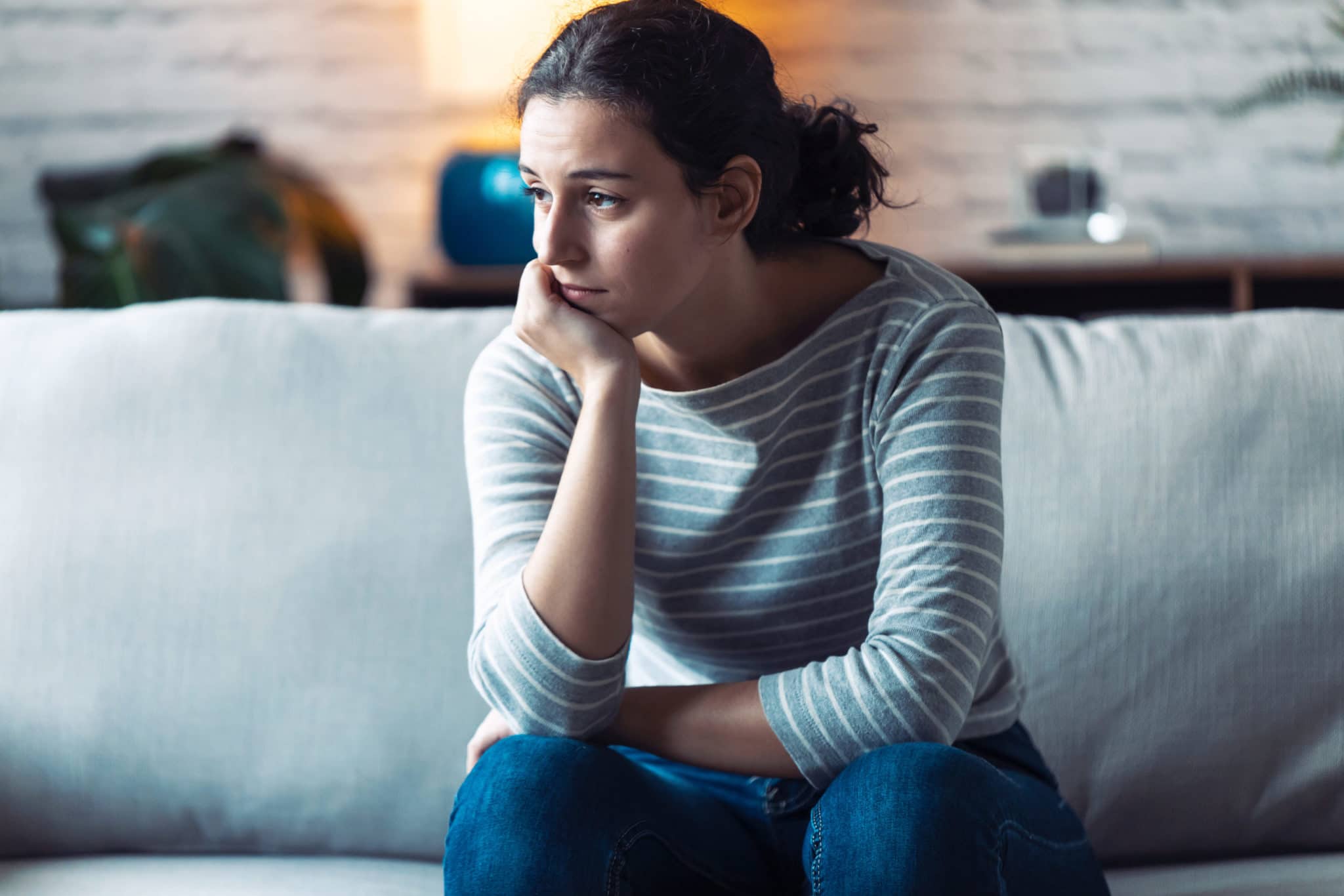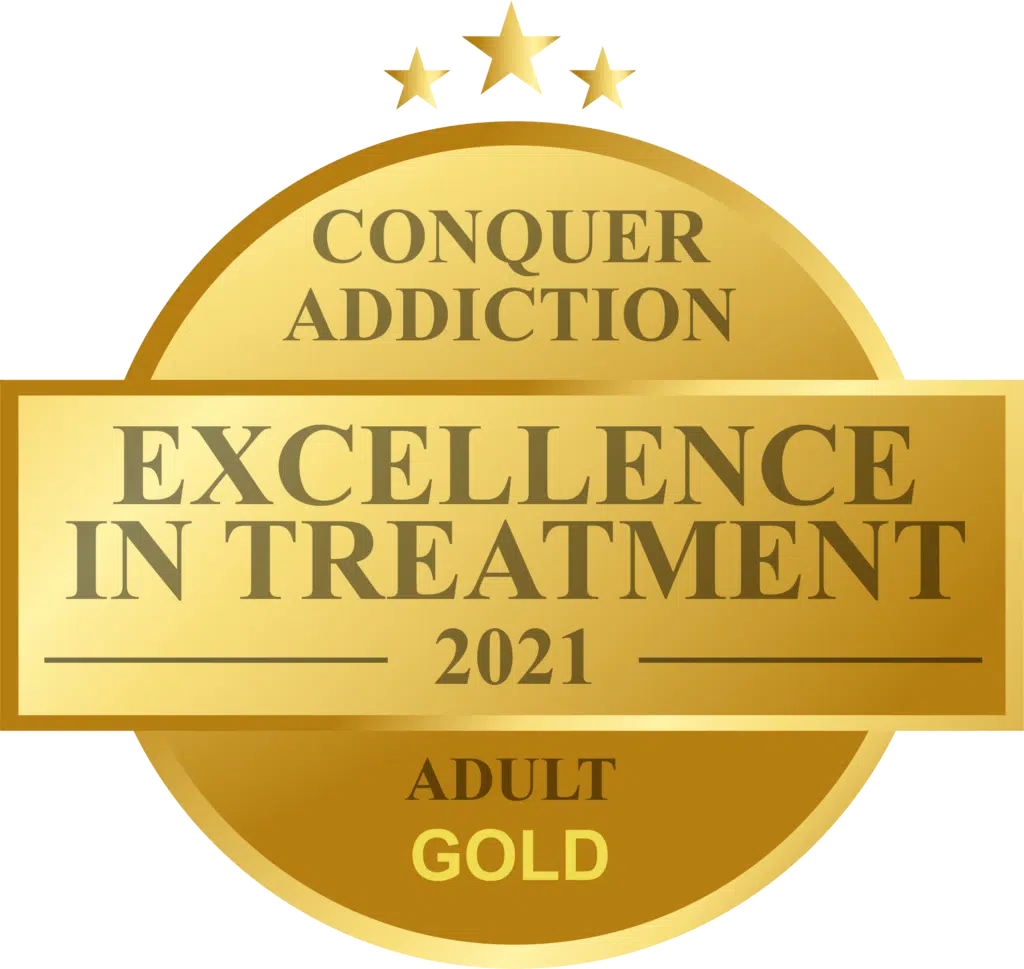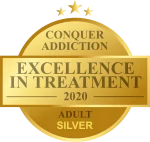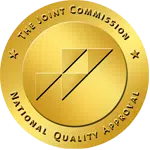It starts with a car accident, an injury, a surgery, chronic pain… something happens where we are faced with debilitating pain and need medication to manage it. Our thought process is simple: I cannot manage this pain.
Doctors prescribe mercy in a bottle, something that allows us to at least be able to breathe, maybe move, or best-case scenario, function on some level.
There are warnings. Our doctor warns us: this medication can be addictive. Our pharmacist warns us: this medication is potentially addictive, use as directed.
But it is difficult to hear or process those warnings when we are in so much pain. We take the medication as prescribed, and the relief is anything from taking the edge off enough for us to sleep a few hours at night, to life-changing and blissful relief from chronic, debilitating pain.
The next thing we know, our lives are in shambles because we have an opioid addiction. How did we get from simple pain meds to addiction?
Why the Warnings Are There
Some of the most commonly prescribed pain medications are name brands Vicodin, Percocet, and Oxycontin, also known by generic names of hydrocodone/acetaminophen, oxycodone/acetaminophen, and oxycodone, respectively. All are opioid-based medications, and all are considered highly effective in treating pain. Unfortunately, opioid drugs are also highly addictive.
We have learned a lot about pain management, opioid medications, and addiction over the years. Doctors have been trained now to only prescribe minimal amounts, and there are measures in place to keep track of how many pills a person has legal access to.
When a doctor prescribes one of these medications for us, it is assumed that they are looking at the risk/benefit factor for us from a professional standpoint. There is a reason, however, that the warnings are there. It is very easy to become not only dependent upon these medications but also addicted.
When Enough Is No Longer Enough
Taking prescription pain medications is great when they provide some relief. Sometimes, however, their effectiveness lessens as our bodies get used to the medications.
This becomes very dangerous, as we start taking them more frequently, ingesting more medication in a 24-hour period than prescribed without consulting with our doctor.
Sometimes, it is not even for pain relief, we just like the feeling we get when we take the meds, and we start taking more and more. Whether for pain relief or for the other effects we get, we reach a point where enough is no longer enough.
Looking for Escape in Other Places
If we take a prescribed medication more frequently than we should, then we are going to run out of our medication. That leaves us to find more medication or worse, more intense drugs to alleviate our pain or satisfy our body’s intense cravings for more.
This leads us to illegal activities, such as seeking another physician to prescribe, and another pharmacy to fill more prescriptions. Or, buying medications from others on the street. Sometimes, the addiction becomes so powerful that some of us will turn to heroin, which has even greater consequences for our bodies and our lives.
This is not what we planned. We simply needed something to help manage our pain. It was meant to be temporary, it was meant to be helpful.
Now we are in a place where we are no longer in control of our lives, we are driven by our need for this drug, the drug we initially took to help us. Opioid addiction is so destructive that way. But recovery is possible if we are committed to reclaiming our health.
Seeking Alternative Pain Management
If we have concerns about using opioid pain medications, we can talk to our doctor about alternatives. Depending on the extent of our pain, level of function required, and length of pain, there may be better options for us that are not addictive.
Some doctors will recommend using two lesser medications like acetaminophen and ibuprofen together, for example, for short-term pain relief. There are over the counter and prescription-strength NSAIDs (nonsteroidal anti-inflammatory drugs,) for example.
All of these drugs have their own risks and side effects, so it is important to discuss them with our doctor even if they are available over the counter.
There are also non-medication treatments for pain that can be very effective in certain situations, including acupuncture, physical therapy, yoga, other exercises, biofeedback, and even cognitive behavioral therapy (CBT.) Again, we always need to discuss with our doctor the pain we have and all of the possible treatments available so we can avoid the dangers of everything from chronic, debilitating pain to physical side effects to addiction.
How did we get here? We were hurting. We sought help, and we did what we thought was in our best interests.
Those best interests took a very unfortunate detour into opioid addiction, but that does not need to be our final destination. We can seek treatment for our use of prescription meds, and we can find healing. Just because we got to this point unwittingly does not mean we need to let it win. We can recover from pain and addiction.
If you have become addicted to opioids as a result of prescription pain killers, you are not alone. Instead of being ashamed, call AToN Center at (888) 535-1516 to get help today. You can find peace and healing from addiction and put your life back on track.
















